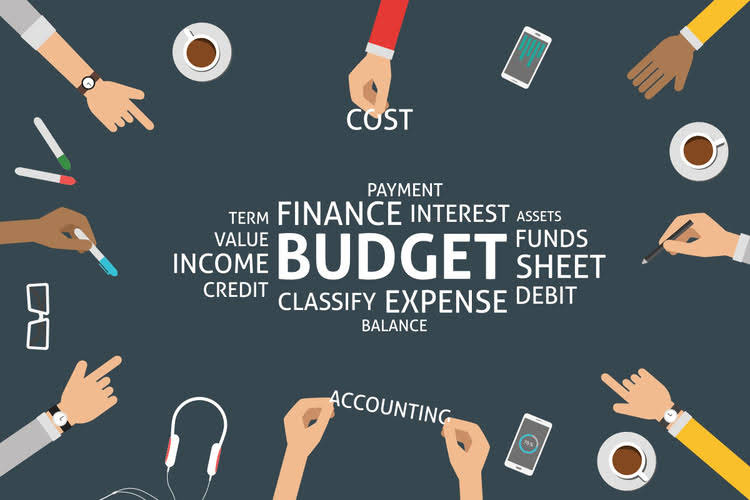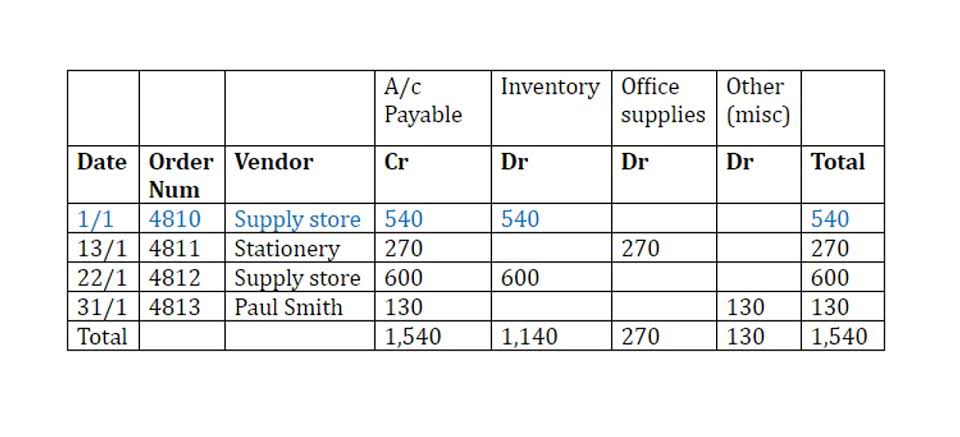What is Balance Sheet? definition, formula, formats, uses and limitations

Businesses may go through one to several business cycles in a year. In the case of liabilities, cash is needed to pay off the liabilities, short term liabilities require that they should be cleared first. Hence assets that can be easily converted to cash will be used for clearing the short term liabilities.
Following is the Receipts and Payments Account of Bharti Club …
Non-current liabilities are listed after current liabilities and include obligations due beyond one year. Accounts payable is a less liquid asset, as what is the order of liquidity on a balance sheet it represents money owed by the business to its suppliers, which may take time to pay off. This order of liquidity helps companies and investors understand the financial situation of a company and their ability to settle their liabilities.
Non-Current Liabilities
Finally, slower-to-sell investments such as real estate, art, and private businesses may take much longer to convert to cash (often months or even years). Cash or cash equivalents are often the most liquid assets and appear first, followed by short-term marketable securities, accounts receivable, inventory, and so forth. Equity is a measure of a company’s financial health, indicating the net value of the business that belongs to its shareholders. It represents the residual claim on assets after meeting all liabilities. Shareholders’ equity is closely monitored by investors and analysts as it reflects the company’s ability to generate profits and sustain growth over time. Assets represent what the company owns, including cash, investments, inventory, property, and equipment.
Related Terms:
Similar to business applications, liquid assets in personal finance are utilized to meet financial obligations as soon as possible. In addition, they are also used to protect a personal investment position against unanticipated adverse events. A liquid asset is cash on hand or an asset other than cash that can be quickly converted into cash at a reasonable price. In other words, a liquid asset can be quickly sold on the market without a significant loss of its value.

Why Is Proper Asset Categorization Critical on a Balance Sheet?
- While they may seem similar, the current portion of long-term debt is specifically the portion due within this year of a piece of debt that has a maturity of more than one year.
- Conversely, a high ratio suggests strong sales but may also indicate insufficient stock levels, risking lost revenue.
- Horizontal format lists all liabilities on the left-hand side and all assets on the right-hand side of the balance sheet.
- This includes items such as cash, balance sheet, accounts receivable, and inventory.
- Identifiable intangible assets include patents, licenses, and secret formulas.
- Classify a loan that has a portion due in less than a year as a current liability.
Similar to other assets, liquid assets are reported on the balance sheet of a company. Assets are listed on the balance sheet in order of liquidity, with the most liquid types listed at the top of the balance sheet and the least liquid listed at the bottom. Owners’ equity is the owners’ total investment in the business after all liabilities have been paid. For sole proprietorships and partnerships, amounts put in by the owners are recorded as capital. In a corporation, the owners provide capital by buying the firm’s common stock. For Delicious Desserts, the total common stock investment is $30,000.
- It’s often used in financial analysis and reporting to categorize assets and liabilities on a company’s balance sheet.
- This is the value of funds that shareholders have invested in the company.
- Liquidity is the ability of an asset to get converted into cash in terms of time.
- A company with a high proportion of current assets relative to current liabilities is generally in a more stable short-term financial position.
Access Exclusive Templates
It ensures financial responsibility and strong management in organizations. By following best practices, companies can accurately report finances at important times. Automation and oversight help reduce mistakes, boost efficiency, and show accountability.

Equity

The ease with which an asset can be converted into cash or a liability can be covered reflects a company’s liquidity, which is a vital element in understanding its financial health. Assets listed on the balance sheet provide insights into a company’s ability to generate cash flows and its overall financial strength. They also play a significant role in determining a company’s market value and creditworthiness. Investors and analysts closely analyze the asset portion of the balance sheet to assess the company’s liquidity, solvency, and potential for future growth. A company’s balance sheet comprises assets, liabilities, and equity. Assets represent things of value that a company owns and has in its possession, or something that will be received and can be measured objectively.
What is the correct order of permanence?
The valuation of inventory significantly impacts financial statements, with GAAP allowing FIFO (first-in, first-out), LIFO (last-in, first-out), and weighted average cost methods under ASC 330. IFRS prohibits LIFO due to its potential distortion of financial results. The chosen method affects cost of goods sold (COGS), taxable income, and profitability metrics. Accounts receivable (AR) represents amounts owed by customers for goods or services https://www.bookstime.com/ delivered on credit.
- Understanding the financial situation of a business requires looking at the balance sheet.
- Listing these assets carefully also shows how financially strong and capable a company is in the long run.
- As you can see there is a heavy focus on financial modeling, finance, Excel, business valuation, budgeting/forecasting, PowerPoint presentations, accounting and business strategy.
- It reports the resources of a company (assets), the company’s obligations (liabilities), and the difference between what is owned (assets) and what is owed (liabilities), or owners’ equity.
- If the company takes $8,000 from investors, its assets will increase by that amount, as will its shareholder equity.
Each is key for understanding how liquid a company is and for making smart asset decisions. Capital expenditures (CapEx) reflect investments in long-term assets, impacting cash flow and financial planning. Analysts assess the fixed asset turnover ratio (net sales divided by average PP&E) to evaluate how efficiently a company utilizes its assets. A low ratio may indicate underutilization, while a high ratio suggests effective asset deployment. Businesses must balance CapEx with liquidity needs, ensuring long-term growth without straining short-term CARES Act financial stability. The next assets on the list are accounts receivable, which generally have a days credit period to liquidate themselves.